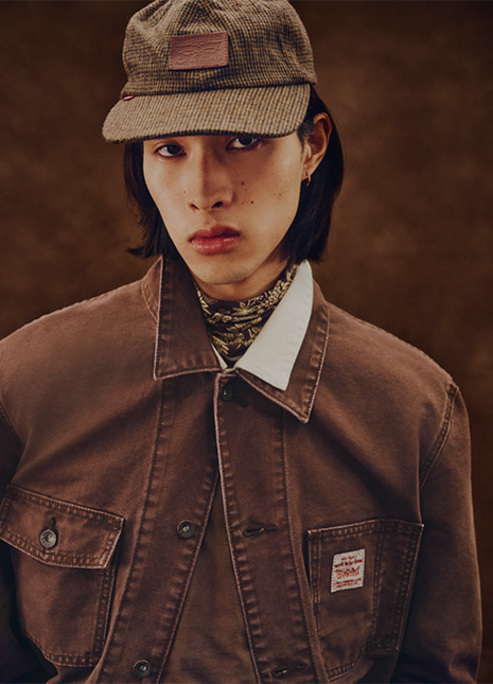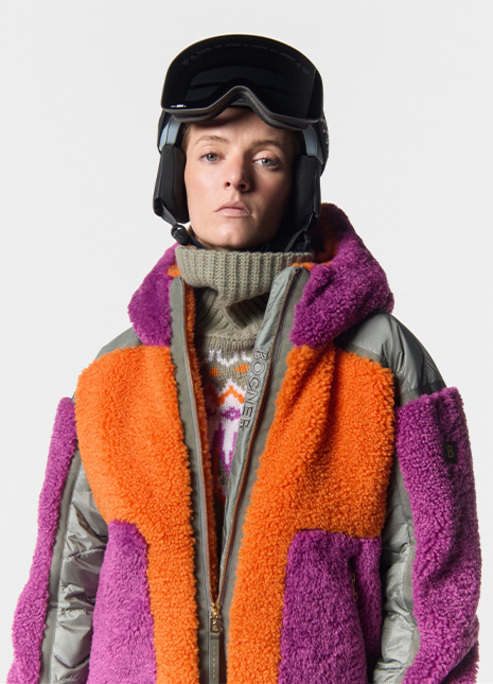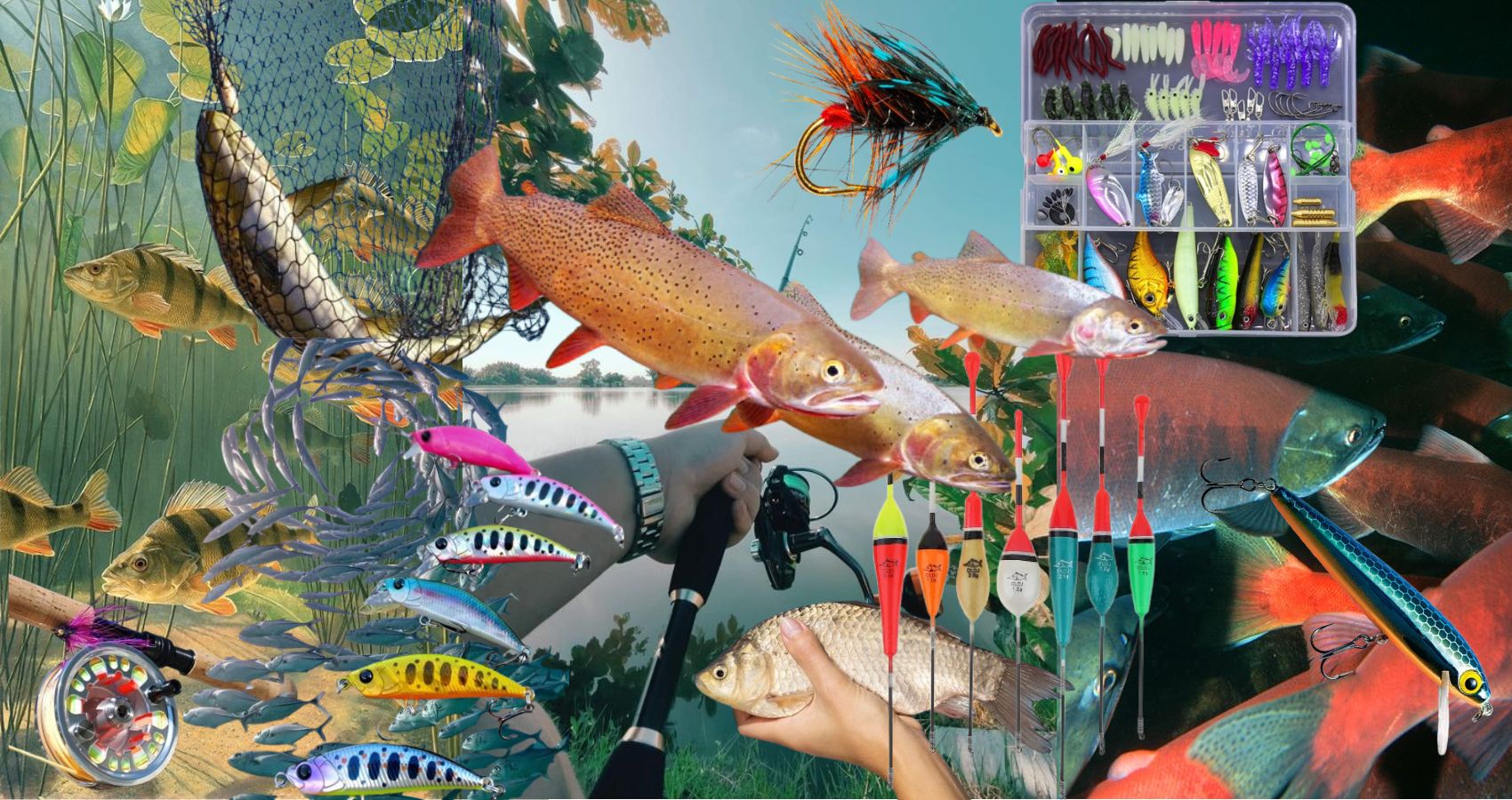
Catch and Release: Best Practices for Conservation
A guide to sustainable fishing.
Fishing is more than just a pastime; it's a way to connect with nature, challenge oneself, and contribute to wildlife conservation. Catch and release is a crucial practice that allows anglers to enjoy the sport while ensuring fish populations remain healthy for future generations.
Let’s explore the best practices for catch and release to promote conservation efforts effectively.

The importance of catch and release in conservation
Overfishing and habitat destruction have significantly impacted fish populations worldwide. Catch and release helps mitigate these effects by allowing fish to continue breeding and maintaining ecological balance. When done correctly, this practice reduces mortality rates and supports sustainable fishing. By releasing fish back into their habitat, anglers help preserve the genetic diversity and vitality of fish stocks.
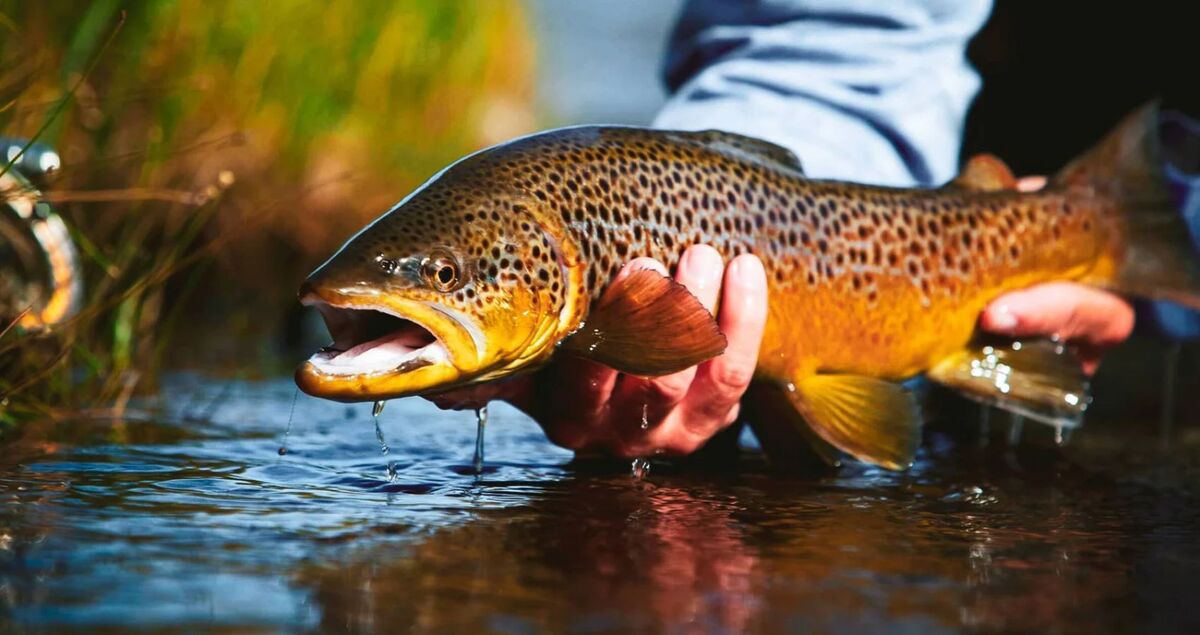
Moreover, many fish species are slow to mature and reproduce, making them particularly vulnerable to overfishing. Catch and release ensures that mature, breeding-age fish remain in the ecosystem, contributing to the replenishment of populations. This practice is especially important in areas where certain species are threatened or where regulations require the release of specific sizes or species of fish.
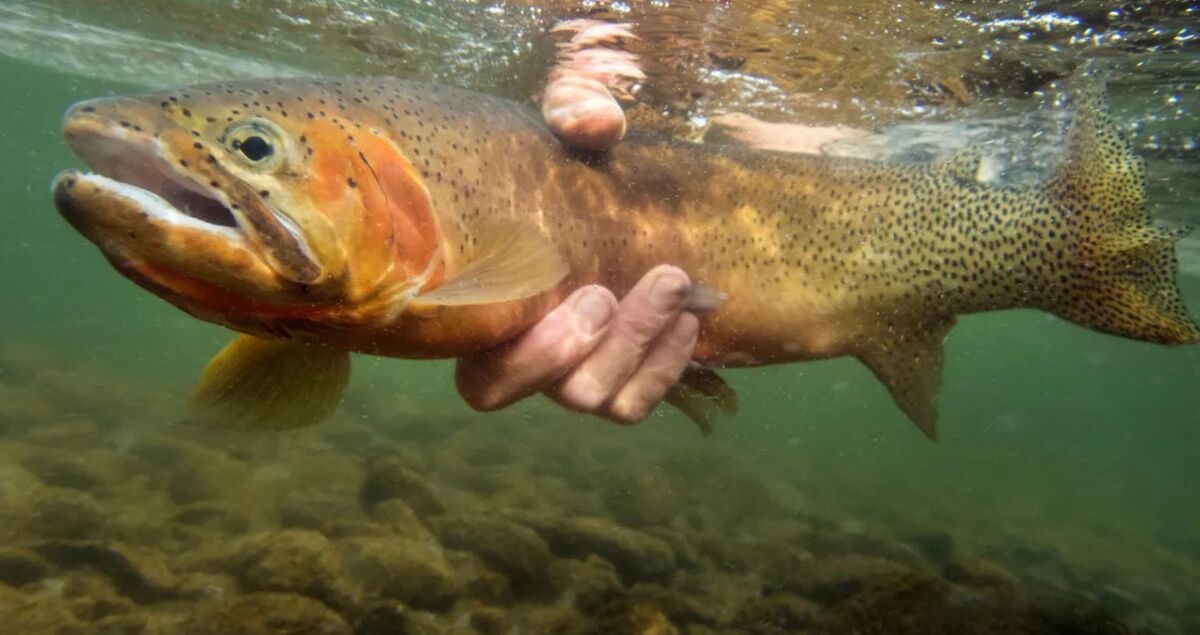
Preparing for catch and release
Selecting the appropriate gear is the first step in successful catch and release. Use rods and reels suitable for the species you're targeting to minimize exhaustion and injury to the fish. Lightweight, balanced equipment ensures you can reel in the fish quickly without causing undue stress. Additionally, using a rod with adequate strength allows for efficient control during the catch, reducing the time the fish spends fighting.
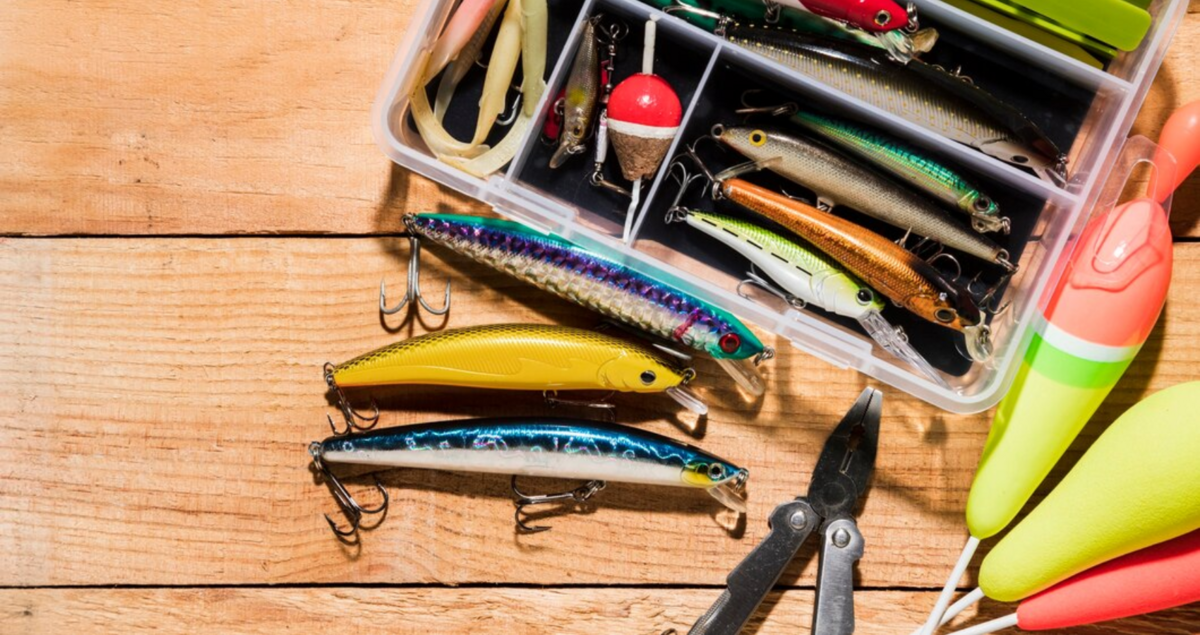
Choosing the right hooks
Barbless hooks or circle hooks are recommended for catch and release. These hooks reduce injury and make it easier to release the fish without causing significant harm. They also decrease the time spent handling the fish, which is crucial for its survival. Barbless hooks penetrate easily but are also easier to remove, minimizing tissue damage. Circle hooks, designed to hook fish in the corner of the mouth, reduce the likelihood of deep hooking, which can be fatal.
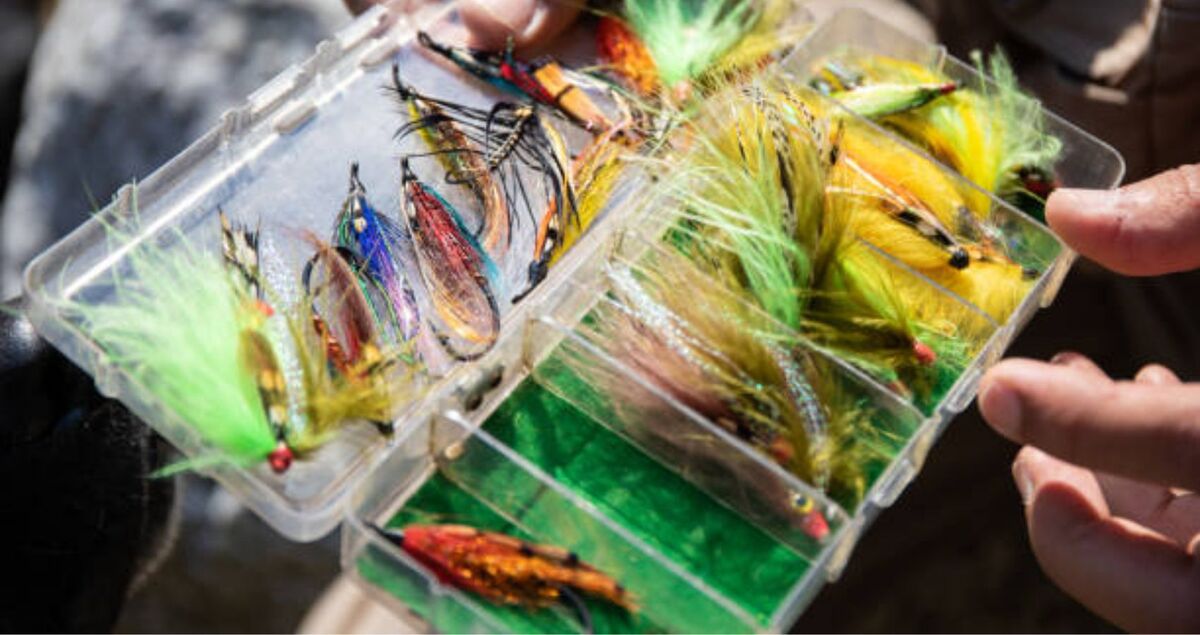
Preparing the net
Using a landing net with a soft, knotless mesh can prevent injury to the fish's scales and slime coat. The slime coat protects fish from infections and parasites, so preserving it is essential. Wetting the net before use can further reduce damage. A rubber or silicone net is often preferred for catch and release because it is less abrasive.
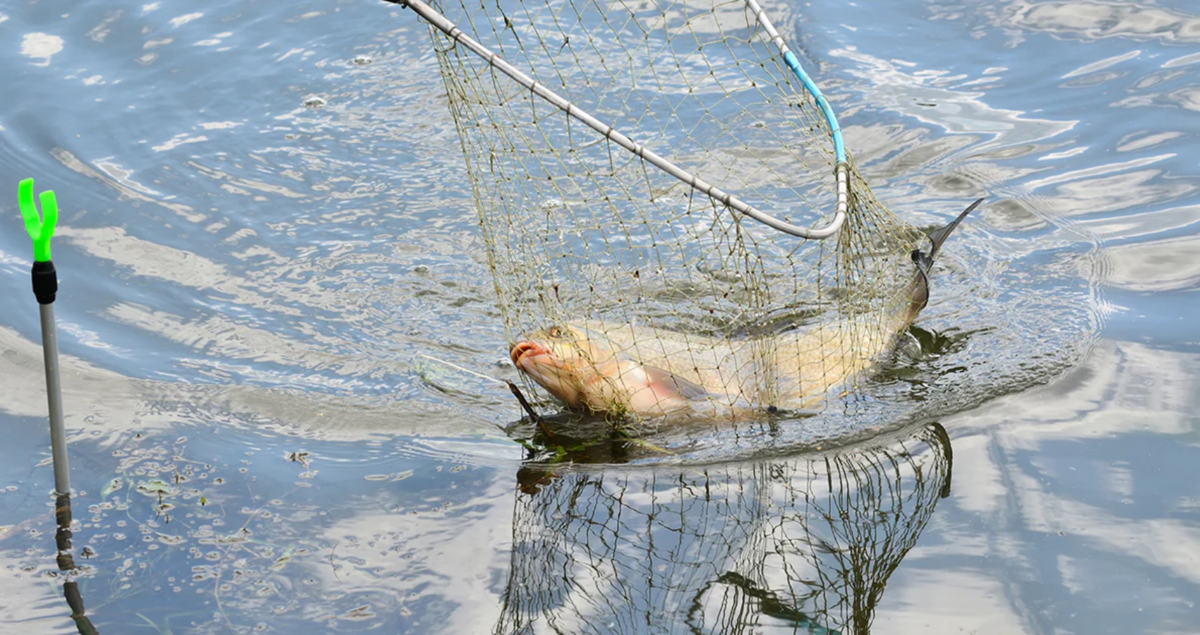
Best practices during the catch
A prolonged struggle exhausts the fish, increasing the likelihood of mortality after release. Aim to reel in the fish promptly. A shorter fight reduces lactic acid buildup in the fish's muscles, enhancing its chances of survival. Over-exertion can lead to delayed mortality, where the fish swims away but dies later due to stress and exhaustion.
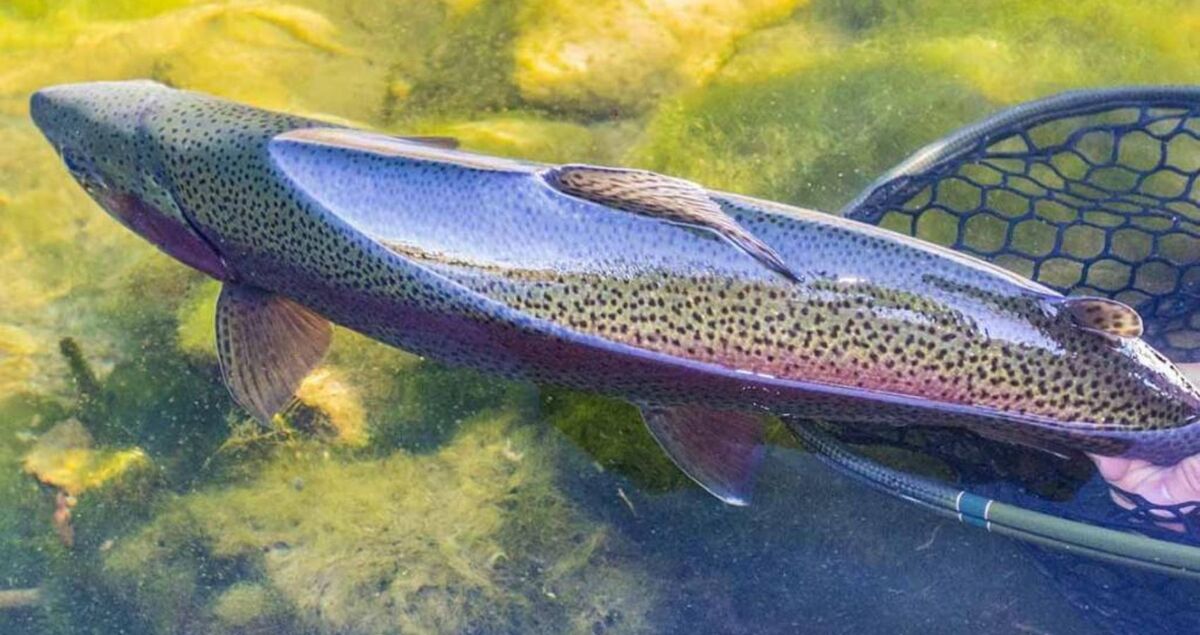
Handling the fish properly
Once caught, handle the fish with wet hands or gloves to preserve its protective slime coating. Avoid squeezing or touching the gills, as this can cause internal injuries. If possible, keep the fish in the water while removing the hook. Using tools like needle-nose pliers or hook removers can expedite the process. Remember to support the fish's body weight evenly to prevent spinal injuries.
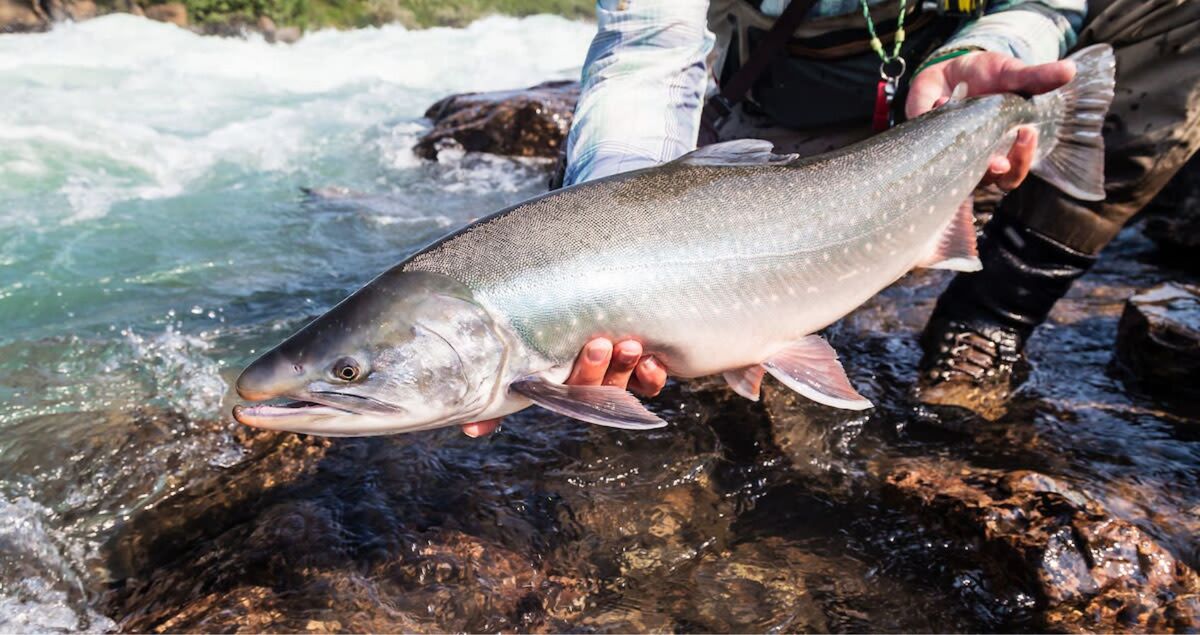
Photographing the catch
It's natural to want a photo of your catch, but it's important to do so quickly and carefully. Have your camera ready beforehand to minimize the time the fish is out of the water. Hold the fish horizontally and close to the water surface in case it slips. Avoid extending the fish's jaw unnaturally, as this can cause dislocations.
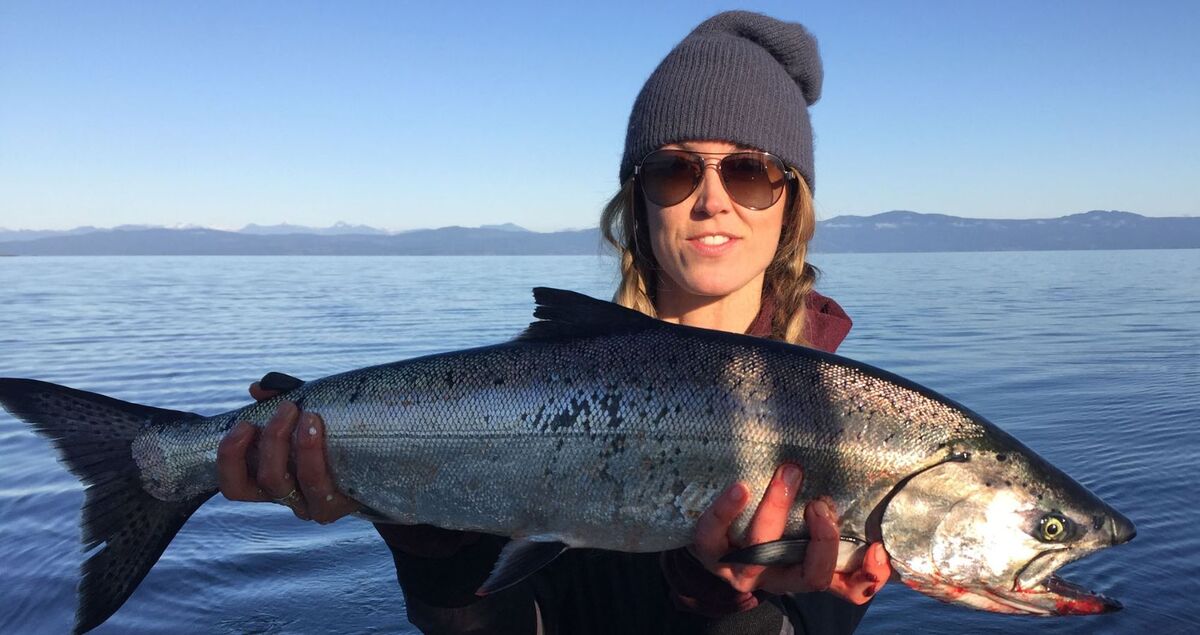
Releasing the fish safely
Before releasing, hold the fish gently in the water facing upstream to allow oxygen-rich water to flow over its gills. If the fish appears lethargic, move it slowly back and forth to facilitate water movement until it regains strength. This process can take several minutes but is crucial for the fish's recovery, especially after an intense fight.
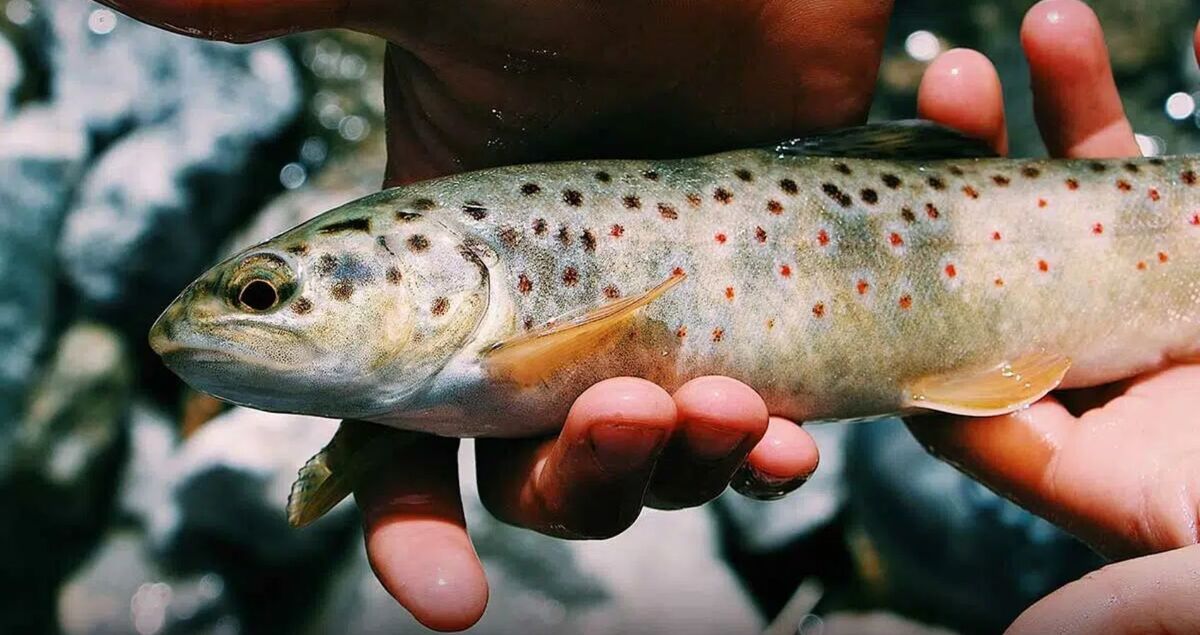
Monitoring after release
Observe the fish after release to ensure it swims away strongly. If it struggles, you may need to assist further by repeating the revival process. Successful release increases the fish's survival rate and contributes to conservation. Be patient and attentive during this stage, as immediate departure doesn't always indicate full recovery.

Common mistakes to avoid
- Using inappropriate tackle: Heavy tackle can cause unnecessary injury, while too light tackle prolongs fight time. Match your gear to the species and size of fish you're targeting.
- Keeping the fish out of water too long: Limit air exposure to less than 30 seconds to prevent suffocation. Every second counts when the fish is out of its natural environment.
- Fishing in extreme conditions: High temperatures can reduce oxygen levels in the water, increasing stress on the fish. Consider the time of day and water conditions to minimize impact.
- Improper hook removal: Jerking the hook out can cause severe damage. Instead, back the hook out gently or cut the line if the hook is deeply embedded.
- Neglecting local regulations: Always be aware of and comply with local fishing laws and guidelines, which are in place to protect fish populations.
The role of quality fishing supplies
Investing in quality fishing supplies enhances your catch-and-release experience. High-quality gear not only improves your efficiency but also reduces harm to the fish. From specialized hooks to proper nets, the right equipment is essential for conservation-minded anglers. Reliable gear minimizes the chances of equipment failure that could lead to lost fish with hooks still attached, which can be detrimental to their health.
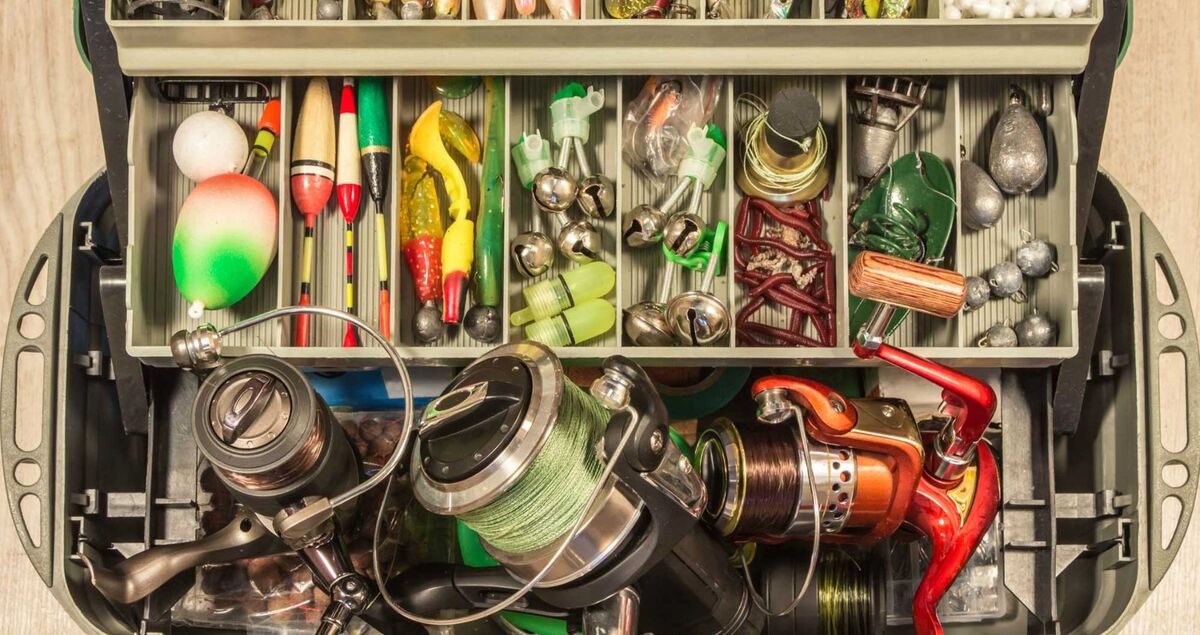
Additionally, quality supplies last longer and perform better, providing a more enjoyable and responsible fishing experience. Whether you're a seasoned angler or new to the sport, equipping yourself with the right tools reflects a commitment to ethical fishing practices.
Educating others and promoting conservation
Sharing your knowledge about catch-and-release best practices can amplify conservation efforts. Encourage fellow anglers to adopt these techniques and explain the importance of each step. Participation in local conservation programs or fishing clubs can also spread awareness. By fostering a community that values sustainable fishing, we can collectively make a significant impact on preserving aquatic ecosystems.
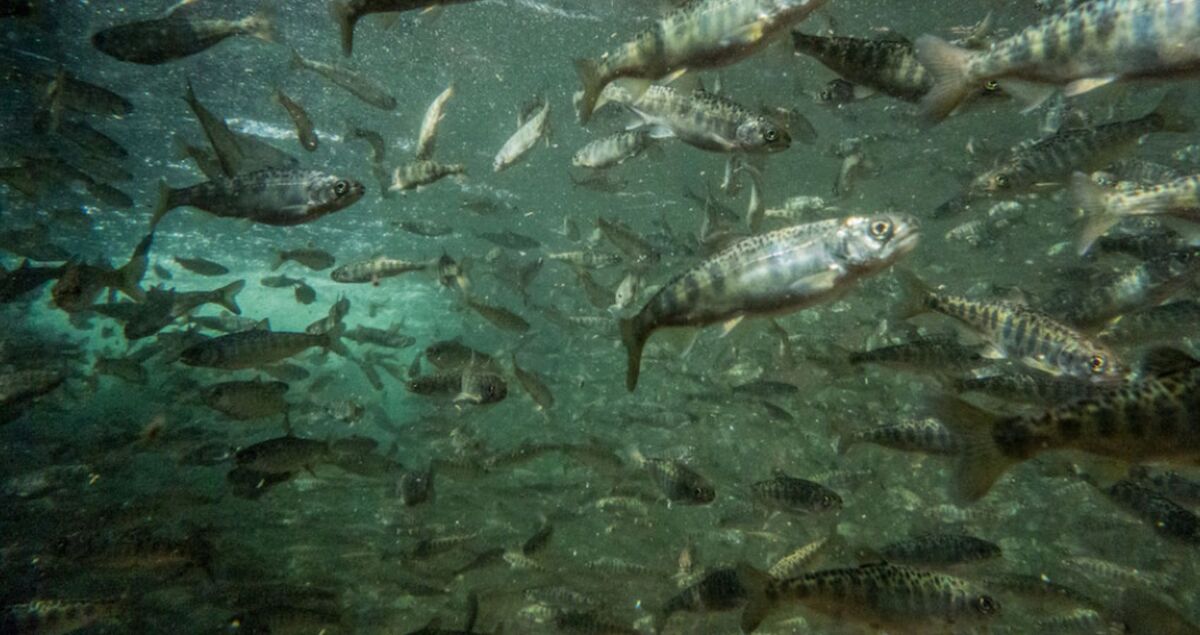
Final thoughts
Catch and release is a vital practice for the sustainability of fish populations and the overall health of aquatic ecosystems. By following these best practices, anglers can enjoy the thrill of fishing while actively participating in conservation efforts.



